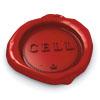In 1588, Sir John Wingfield was appointed governor of the disaffected town of Geertruidenberg, a town about 60km from The Hague, situated on the river Donge. A rumour that the town was communicating with the Spanish led to an attack by Count Maurice, younger son of William I, (without the prior agreement of the States General) at which point the garrison - unpaid for months - mutinied and imprisoned Wingfield, later surrendering the keys of the town to the Duke of Parma, commander to Philip II of Spain (source: ODNB). Bodley’s reports detail his communication with all sides: the States General, Count Maurice and Sir John Wingfield, and are a valuable source for the percolation of intelligence through formal, military and social channels during this specific crisis point of the ongoing conflict in the Low Countries.
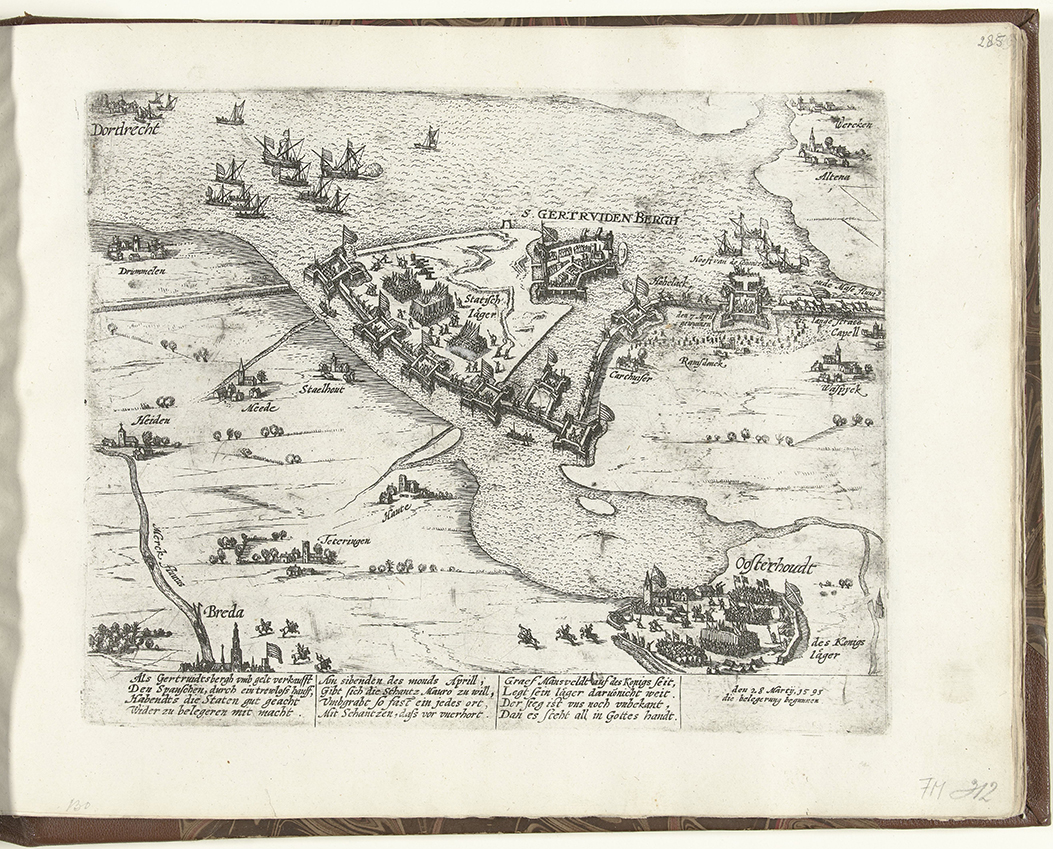
Map image: 'Geertruidenberg', from Beleg van Geertruidenberg, workshop of Frans Hogenberg, 1593-1595 © Rijksmuseum, Netherlands.
Case study 1: Geertruidenberg, mentioned in correspondence
This is a detail of the large ‘people mentioned’ network, created by visualizing the group of letters which concern the siege, and which shows all the correspondents who wrote about the siege of Geertruidenberg. This visualization is a contrast to the SDL-diagram which also covers the loss of the town of Geertruidenberg, by depicting the dissemination of information and the other people who were closely related to the epistolary network. This detail of the network shows the high concentration of letters concerning Geertruidenberg between Bodley and Burghley.
This is a detail from the ‘Places: entire network I (hairball) visualization.
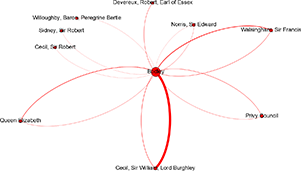
Case Study 1: Geertruidenberg (SDL)
This is the SDL-diagram (Specification and Description Language ) of letters between Bodley and correspondents regarding the surrender of Geertruidenberg to the Spanish in 1593. The syntax of the diagram is thus:
c. = copyrsp = respond to (after which the letter_id of the response letter is listed)
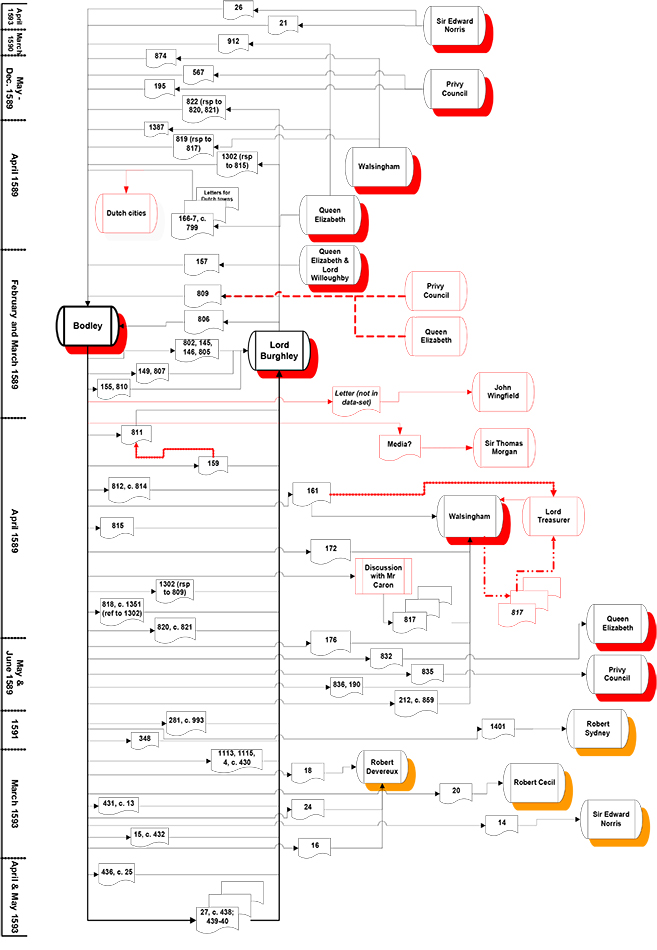
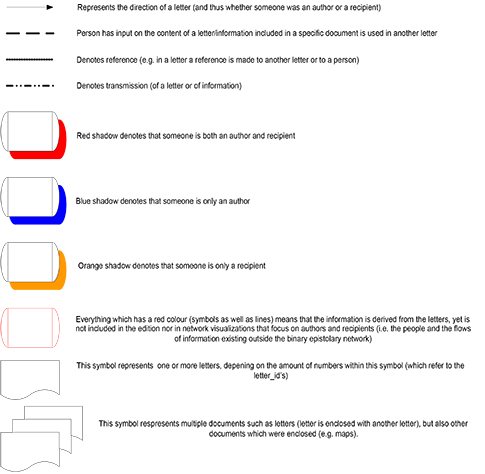
This visualization of data enables us to view the bilateral flow of information outwards from and inwards to Bodley, and diversionary routes through other inferred nodes (derived from the text and context of individual letters from this sequence). While the visualization requires a more involved syntax and grammar than a network which yields information from a brief glance, the information depicted provides deeper interest.
What is exciting about this method of data visualization is that it enables the reader/viewer to detect the absence of letters as well as the letters and letter-routes themselves. Internal evidence within the manuscript letters provides clues to letters which are no longer extant, but which can be represented in the visualization. In a letter (BL, MS Cotton Galba D IV f.131r-v; DCB_0811) to Lord Burghley, Bodley mentioned that he had written to Sir John Wingfield. This letter no longer exists, (presumably because Wingfield was incarcerated at the time of receipt). Despite the absence of the Bodley-Wingfield letter in the Diplomatic Correspondence project, we can reconstruct the pathway of this letter using this diagram.
Additionally, we can trace echoes of conversations had with bearers, messengers and individuals, despite the lack of textual evidence. In a letter to Sir Francis Walsingham (BL, MS Cotton Galba D IV f.160r-161v; DCB_0817) Bodley mentions that he has had conversation with Noel de Caron, in which he notes that he expects a letter from Lord Burghley.
